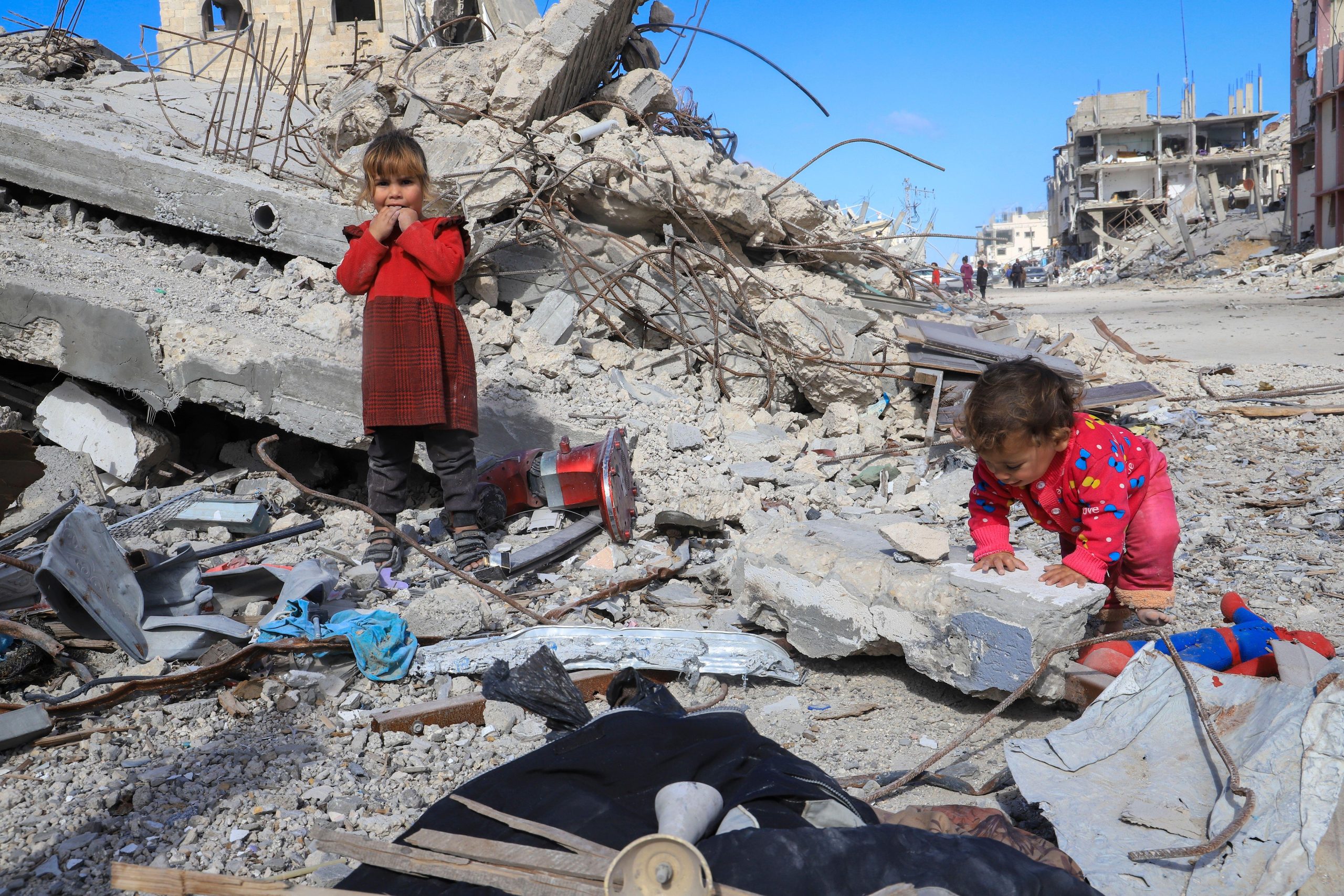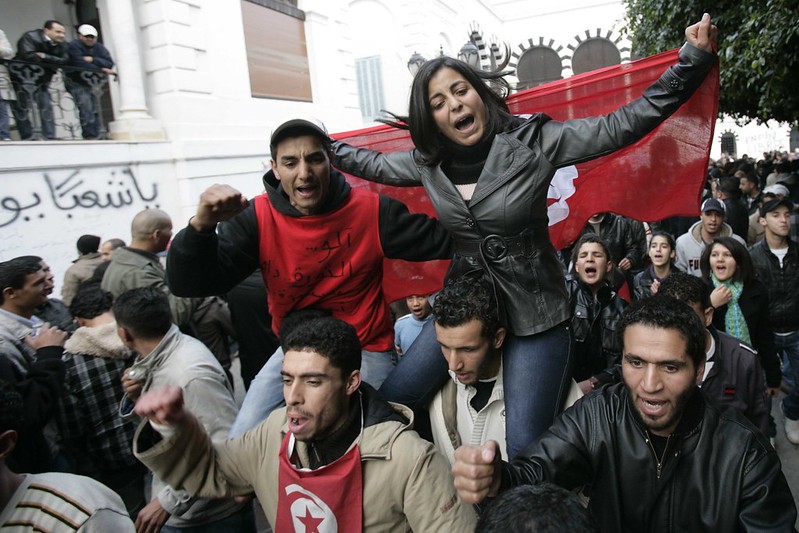Mourning means different things to different people. Even within one culture. But the month of Moharram, (7 December–4 January) the first month of the Islamic Calendar with its decrees and limitations is interpreted beyond the letter in Iran. To many citizens it typifies a period of imposed, false uniformity bereft of self expression and an even stricter call for abstinence from any of life’s simpler pleasures. In fact the word Moharram means inviolable. The inviolable code of conduct includes the requirement that people of all ages refrain from wearing coloured garments of any description, and do not listen to music other than the ceremonial religious strains played on the radio to mark the period. The tone extends to modern television; amazingly cartoon serials are re-modelled, their jittery soundtracks replaced with more appropriately sombre sotto voce pieces.
This September marked the launch of director Mehran Modiri’s brilliant and hugely entertaining made-for-television –– and immediately barred from television — Ghahveye Talkh (Bitter Coffee), a historical satire set in the Iranian calendar year 1200. I for one am hooked, and was all set to watch episode 23 when the series was as quickly as it had come online, taken offline. Indeed the month of Moharram — clearly now observed online too — was underway, demanding that fans abstain from their Bitter Coffee wherever in the world they may be, regardless of their religious conviction. In Iran the series, sold weekly in three-episode sets, will not again be available until the end of this month of mourning during which laughter is haram or forbidden.
This observance extends to far and wide, the chief of Tehran’s transport police has outlawed any kind of expression through ones car. No writing, banners, dice or other suspended memorabilia is tolerated on the road, “primarily for safety reasons” he said, “but to be especially observed during the month of mourning”. Last year’s Ashura, (the 10th day of Moharram, marking the day that Imam Hossein was killed in the Battle of Karbala), ended in fresh bloodshed as post-election protestors adopted what had traditionally been the ceremonial green of Hossein and Ashura. No doubt the chief of police was preempting the adornment of cars with green banners.
In the Battle of Karbala one side was made up of the supporters of Hossein, the Prophet Mohammad’s grandson. On the other side was a military detachment from the forces of Yazid, the Umayyad caliph. This year on the eve of Ashura, defeated presidential candidate Mehdi Karroubi referred to the Battle saying “We’re not Yazid and you [the leadership] Hossein, nor are we Hossein, and you Yazid. We need to open dialogue to establish who was right. He who conducted himself honourably [in the elections] is Hossein and he who conducted himself badly is Yazid. And that is the only way forward, to open dialogue and see who stood against the rights of the people in a “Yazidi” method.”
The acclaimed photographer Reza went one step further in his analogy to underline the hypocrisy of Iran’s leadership by creating a Taziyeh featuring the now familiar faces of the martyrs of the post-election brutality –– Neda, Sohrab and Taraneh – instead of the martyrs of Karbala, their names depicted in full alongside other fallen citizens in the classical Persian calligraphy of the genre. Taziehs, a genre of plays and poems commemorating the Battle of Karbala became popular after the adoption of the Shi’a faith in Iran. The religious value of these works is profound. Reza’s satirical version was made in 2009 fresh from the aftermath, but was again resonant on activist sites this week.




